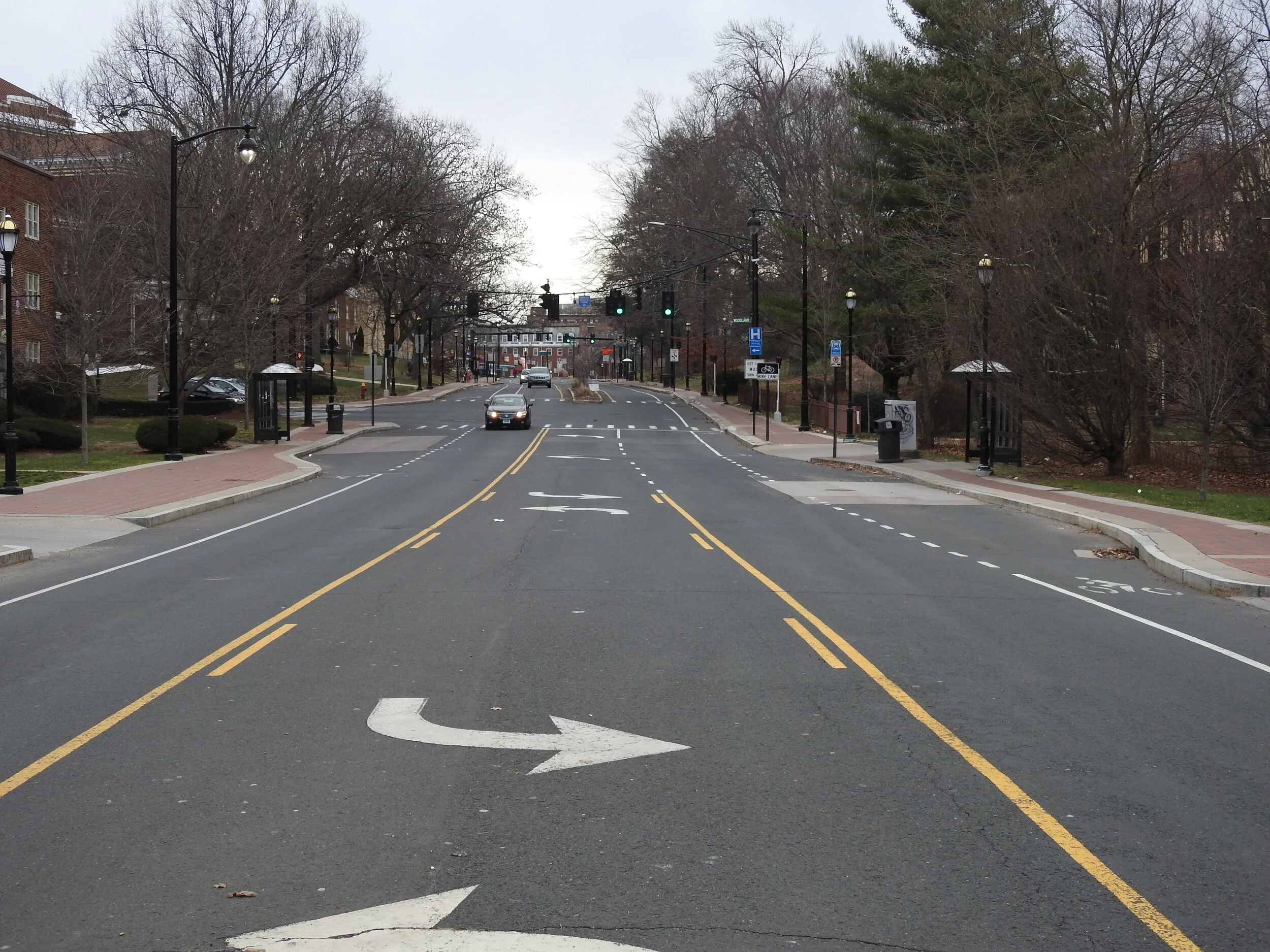Consulting Services
Steve Mitchell can provide a wide variety of planning and engineering consulting services to bring your project to a successful conclusion. The following sections illustrate the types of services that we can provide.

Planning
Steve has sometimes been referred to as a “Plangineer” since his planning work is always mindful of the practical limitations that a planning effort must face - Constructability, Permitability, and Acceptability. He has worked on land use development plans, Road Safety Audits, bus and streetcar routing, transitway layouts, inter-modal facilities, mobility studies, corridor studies, parking plans, and bicycle facilities. He can assist you with the ground-up planning necessary to bring your dream to reality.
traffic Design
Good traffic design requires an in-depth knowledge of traffic control devices, their applicability to a given situation, and their ability to deliver efficient and safe movement of pedestrians, motorized vehicles, non-motorized vehicles, and transit, all of which must be accommodated within finite physical space of the right-of-way. In order to achieve a practical design solution for a given roadway or intersection, it is critical that a good capacity model be created and run so that the best balance of safety and mobility can be achieved. Steve has participated in the design of over 500 signalized intersections during his career, and his knowledge of controller and detector operations is unparalleled. He has recently completed the design of Connecticut’s first Adaptive Signal Control system, which is scheduled to be operational in January of 2021..
Urban design
Throughout the last century, most non-urban design focused exclusively on the automobile. Urban design typically accommodated pedestrians on sidewalks constructed at the roadway’s edge. However, other users, such as bicyclists, were unwelcomed in the street, where they had to combat the vehicular traffic, or the sidewalk, where they were seen as a danger to pedestrians. Similarly, transit vehicles were typically not well accommodated and would clog intersections at adjacent stops, while also being delayed by the signals and street traffic.
Urban design has taken a new approach to mobility, and strives to accommodate all users of the right -of-way. Steve has participated in many “new” urban designs, including road diets, dual center turn lanes, bike lanes, sharrows, bus pull-outs, bus priority signals, pedestrian timing plans, and bike side paths. This new approach provides heightened safety and mobility for all users of the street system.
Peer Review
Consulting engineering firms are always seeking ways to improve the quality of their products. Most have a rigorous quality review procedure that is followed for every document or plan that is produced. However, while many firms have an in-house traffic engineer, their overall workload may not support more than one person with this specialty. This makes internal peer reviews very difficult, as there is not another true “peer” traffic engineer within the organization.
Steve Mitchell can provide peer review and checking for your project, and can ensure that reports and calculations are appropriately completed, as he has done for over 30 years while managing traffic engineering staffs of various sizes.
development approvals (State)
In Connecticut, developments large enough to be “Major Traffic Generators” must adhere to Connecticut General Statute 14-311, as amended, and obtain a Certificate from the Office of State Traffic Administration (OSTA) stating that the operation of the development will not cause an adverse impact on the safety of the general public. The Certification process is a long and complicated one, involving multiple submittals and approvals prior to the issuance of the Certificate. In most cases, the Certificate is accompanied by a list of roadway and/or traffic control improvements that must be completed prior to the operation of the development. Steve Mitchell is one of the foremost engineers in Connecticut in completing this process for developers. His knowledge of the DOT’s requirements and methodologies, and his reputation for completing accurate and reasonable traffic projections and analyses have consistently allowed him to obtain Certificates for developers across the state.
For the OSTA Major Traffic Generator Website, Click BELOW.
land-use permitting
Connecticut consists of 169 individual municipalities, and all planned developments must go through a land-use approval process. Depending on the existing zoning for the subject property, the proposed type of development, and the requirements of the local zoning regulations, a variety of types of information must be vetted by the town staff, Planning Commission, Zoning Commission and Inland Wetlands Commission. The applicant may also be required to present the project at a public hearing. One important element of this process is usually a Traffic Impact Study (TIS) that will detail the anticipated impacts from the site traffic. The TIS is typically used for the OSTA process, as well, but the local TIS may have a different focus that departs from the rigid requirements of the OSTA application process. A TIS will normally contain data on existing traffic volumes in the vicinity of the subject development site, projections of that traffic to a “Design Year” using established growth rates, development of anticipated site generated traffic, and capacity analyses showing the impact of the site traffic on the roadway system. Investigations into potential “hot spot” crash locations and design elements such as sight lines and roadway geometrics are also typically included in the TIS. Steve Mitchell has worked with developers throughout the state to prepare TIS reports, present them to the commissions, and respond to comments from commissioners, staff and the public, leading to successful approvals for dozens of projects.
Contact us
Let’s talk about your project needs, and see how we can help you!